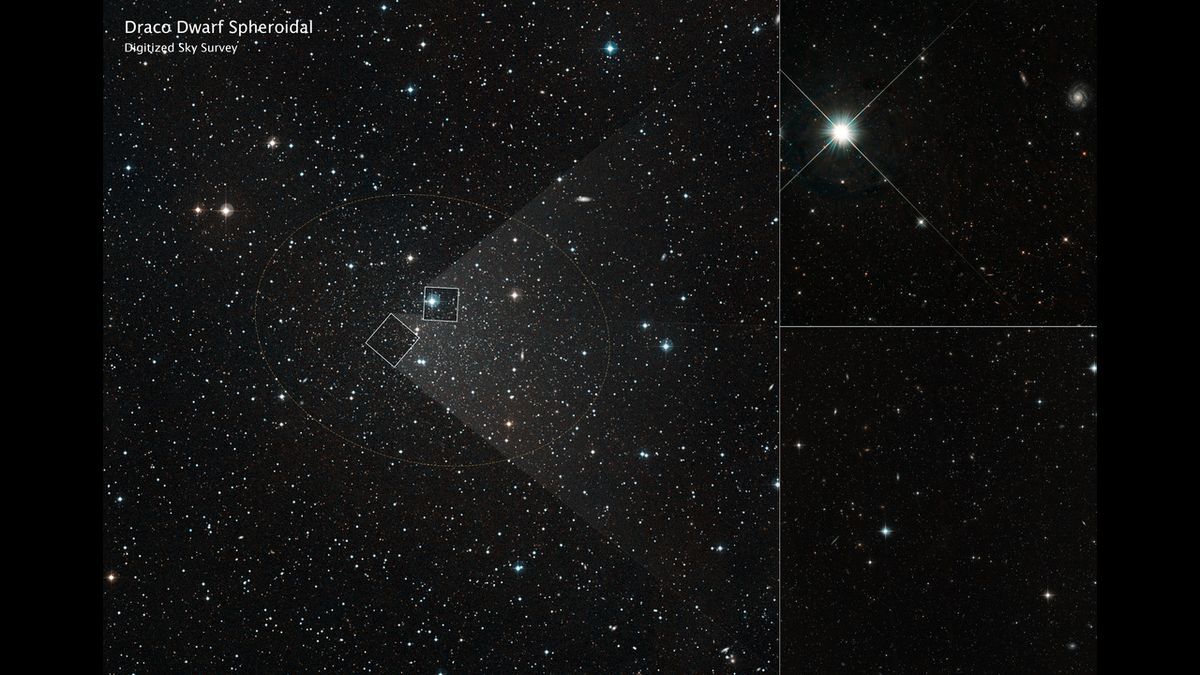The Hubble Space Telescope has provided crucial evidence supporting the "cold" nature of dark matter, a mysterious substance that makes up the majority of the universe's mass. By studying the Draco dwarf galaxy, astronomers have found that dark matter is concentrated within its core, as predicted by the Standard Model of Cosmology.
Dark matter, despite its immense influence on the universe, remains elusive and its exact nature is unknown. However, the leading theory suggests it is "cold," meaning it consists of low-energy particles that move slowly and clump together to form large haloes around galaxies. This "cold dark matter" (CDM) model plays a vital role in our understanding of how structures in the universe formed.
The latest findings challenge recent observations of other dwarf galaxies that hinted at a "warm" nature of dark matter, suggesting it might be more evenly distributed throughout galaxies. This would have significant implications for cosmological models.
The Draco dwarf galaxy, located about 250,000 light years from Earth, provides an ideal laboratory for studying dark matter due to its high proportion of this mysterious substance. Using 18 years of data from Hubble, astronomers tracked the movements of stars within the galaxy in 3D, revealing detailed information about its gravitational field and, consequently, the distribution of its mass, including the dark matter component.
The measurements show that the dark matter halo of the Draco dwarf has a "cusp" in its core, meaning that dark matter density increases significantly towards the center. This supports the "cold" nature of dark matter, aligning with the Standard Model's predictions.
These results strengthen the case for "cold" dark matter and rule out some alternative candidates, such as sterile neutrinos and gravitinos. The findings increase the likelihood of the most promising cold dark matter models, including weakly interacting massive particles (WIMPs), primordial black holes, and axions.
The researchers are now focused on similar studies of other dwarf galaxies, such as Sculptor and Ursa Minor, to confirm these findings and further refine our understanding of dark matter. The continued exploration of this mysterious substance promises to reveal deeper insights into the structure and evolution of the universe.
Article
Technology

Hubble Confirms Dark Matter's Clumpy Nature

